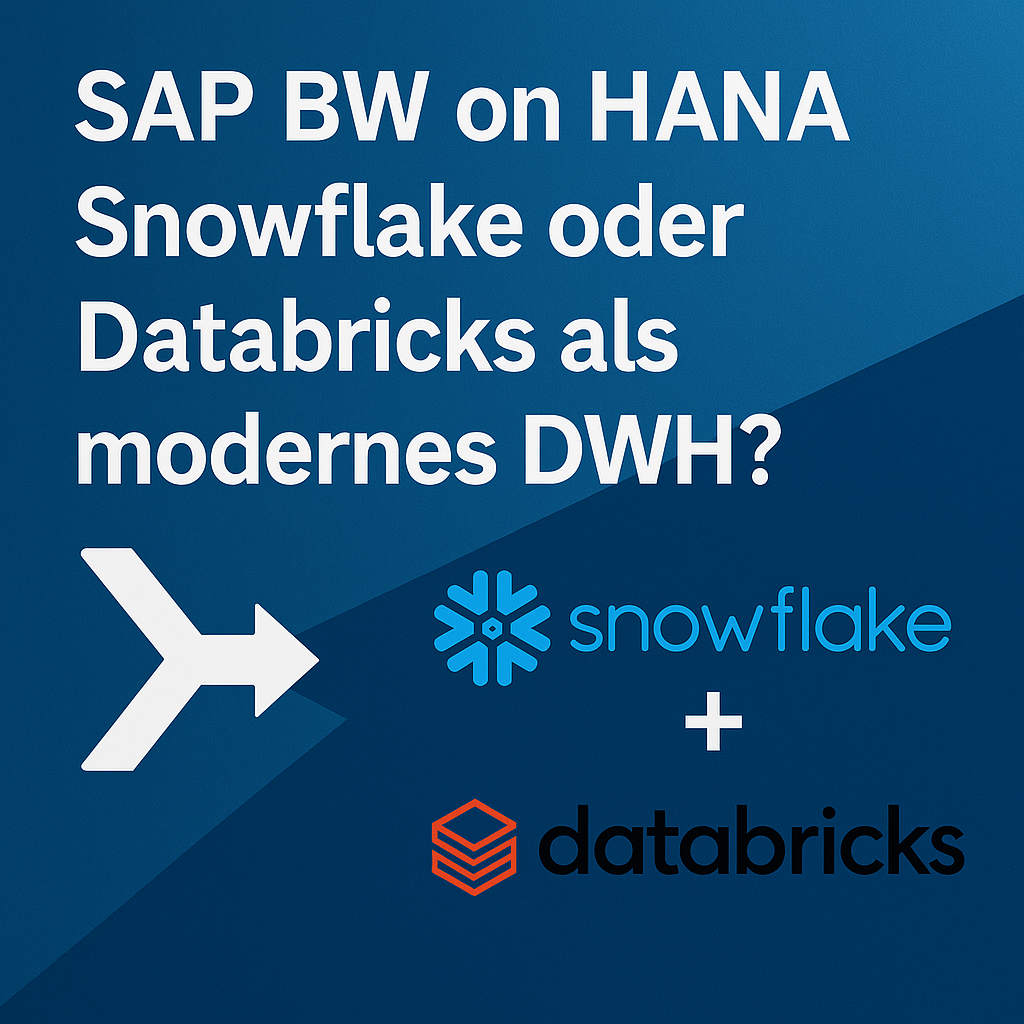Data & Analytics Trends 2025: Qlik in practical use
Data & analytics will shape the digital agenda in 2025. Generative AI, reusable data products, real-time requirements and a clear focus on governance and costs will determine the direction. The key is to combine technologies in such a way that they deliver measurable business benefits – without overburdening the organization. In this article, we categorize key Data & Analytics Trends 2025 and use concrete examples to show how these can be practically implemented with Qlik Data & Analytics solutions.

Augmented analytics and GenAI in the Data & Analytics Trends 2025
Large language models lower barriers to entry, but are no substitute for a robust database. Successful teams combine natural language, curated KPIs and explainable models to turn data into reliable decisions.
- Guided exploration: Users ask questions in natural language and receive visualizations from shared data sets.
- Explainable predictions: AutoML provides forecasts and shows influencing factors.
- Semantic consistency: A defined KPI canon prevents different truths.
With Qlik Sense, guided analyses (Insight Advisor) are easy to implement. Master metrics ensure consistency, Qlik AutoML creates predictions without code and the associative engine supports the recognition of correlations.
Data products and governance as part of the Data & Analytics Trends 2025
The trend is towards reusable data products with clear responsibilities. Three building blocks help to scale trust:
- Cataloging: Data catalogs make data records findable and document their origin.
- Measuring quality: Profiling, standardization and validation rules provide objective quality metrics.
- Control access: Roles and domain spaces ensure provision.
With Qlik Catalog and Talend Data Quality by Qlik, these requirements can be implemented in a practical way.
Real-time and streaming analytics in the Qlik Data & Analytics Trends 2025
Real-time is particularly important where fraud detection, inventory control or IoT monitoring are concerned. CDC and event-driven processing make the difference here.
- CDC supplies warehouses and lakehouses almost in real time.
- Continuous data flows feed dashboards and ML models.
- Monitoring of lag, throughput and errors prevents quality losses.
Qlik Replicate and Qlik Cloud Data Integration enable up-to-date KPIs and stable data pipelines without batch problems.
Hybrid Cloud and FinOps in the Data & Analytics Trends 2025
With multi-cloud, on-premises shares and regulatory requirements, the demands on cost and risk management are increasing.
- Direct access instead of copies cuts costs and reduces data movements.
- Hybrid services run close to the data – whether cloud, on-prem or edge.
- Open formats prevent lock-in and facilitate collaboration.
Qlik Data Gateway – Direct Access and Qlik Forts support hybrid scenarios and ensure cost transparency.
From insight to action: closing decision paths in Qlik Analytics
Added value is created when findings change processes. Thresholds, anomalies or scores lead directly to actions.
- No/low-code automation links KPI events with workflows.
- Embedded analytics brings key figures to where work is done.
- Auditing and versioning ensure traceability.
With Qlik Application Automation, KPI-driven processes can be implemented that directly control specialist applications such as Salesforce or ServiceNow.
Conclusion: Successfully implementing Data & Analytics Trends 2025 with Qlik
The Data & Analytics Trends 2025 come together in a central idea: reliable data products, explainable AI and cost-efficient, hybrid provision. Qlik provides the building blocks for this – a roadmap that balances governance, costs and business benefits remains crucial.





